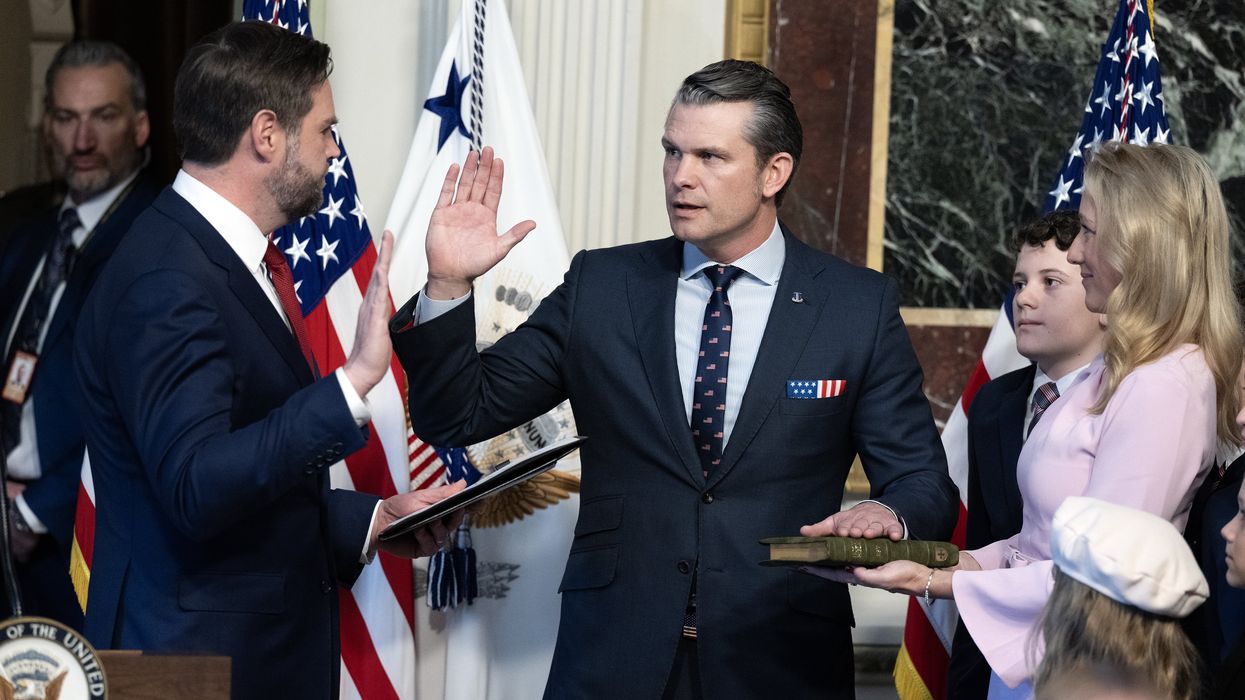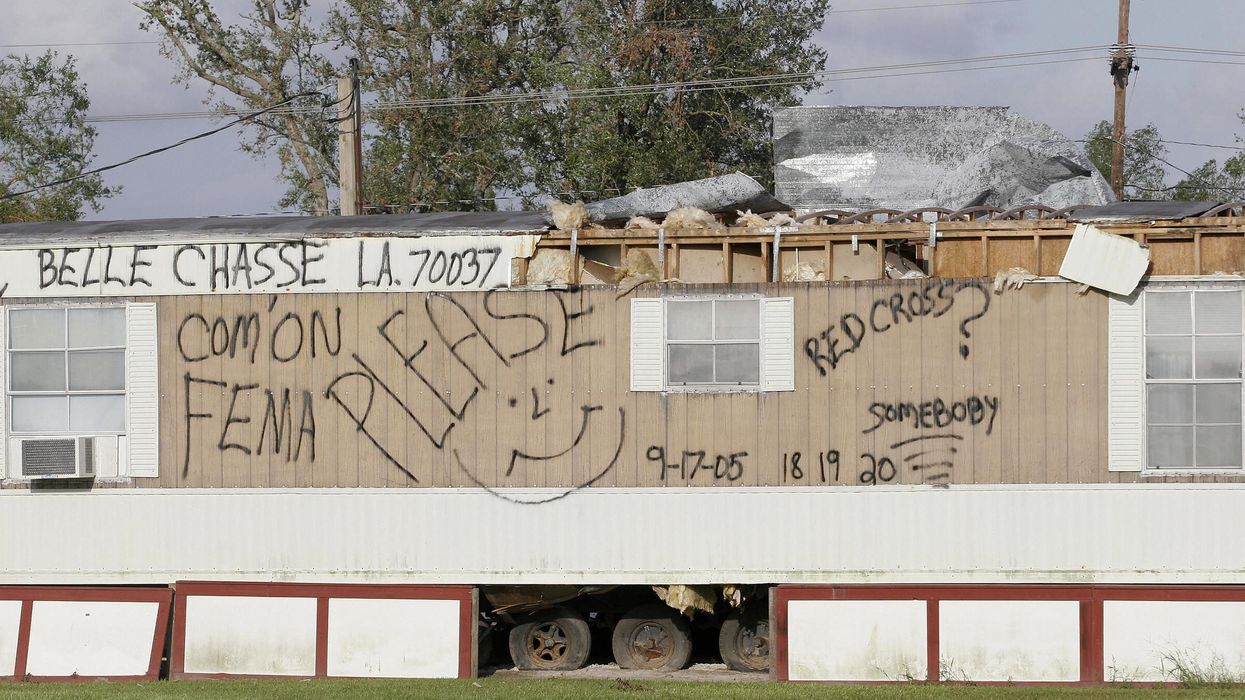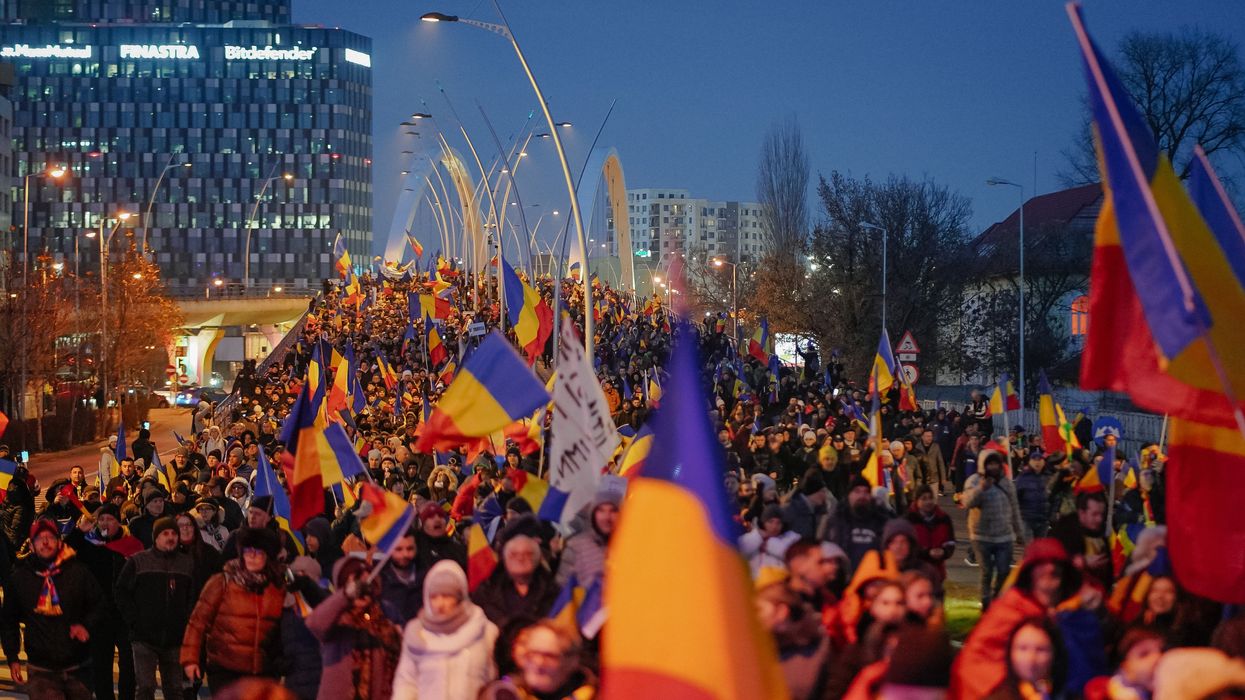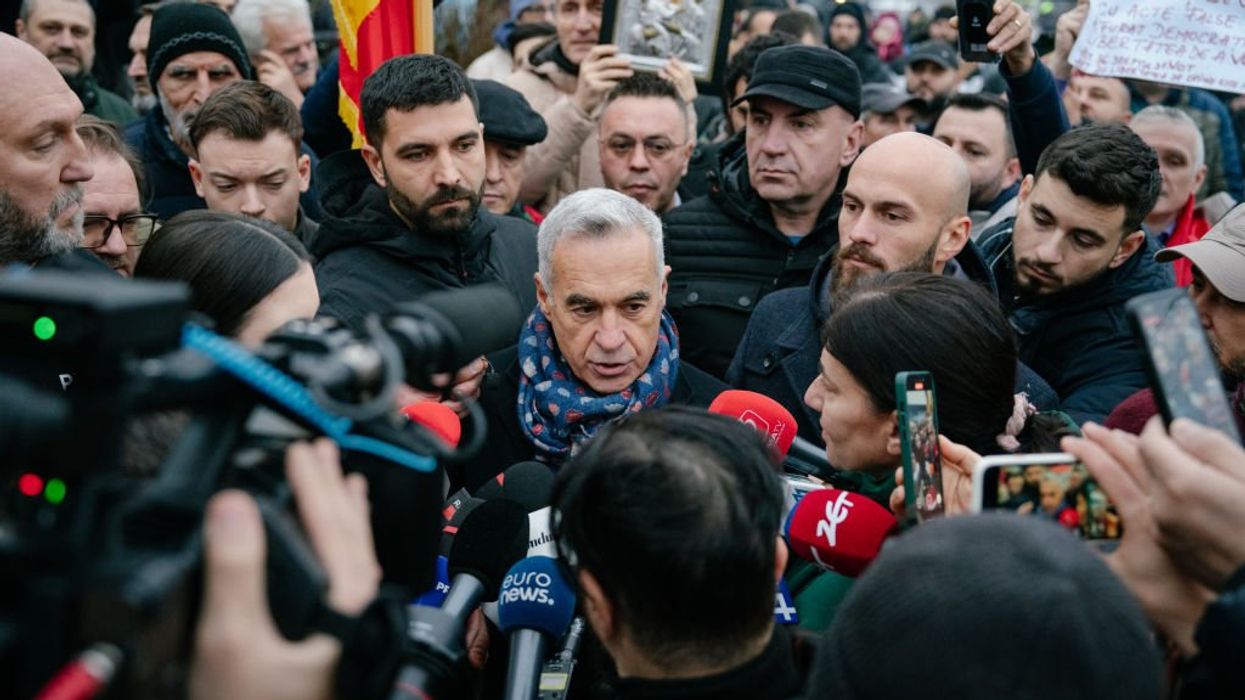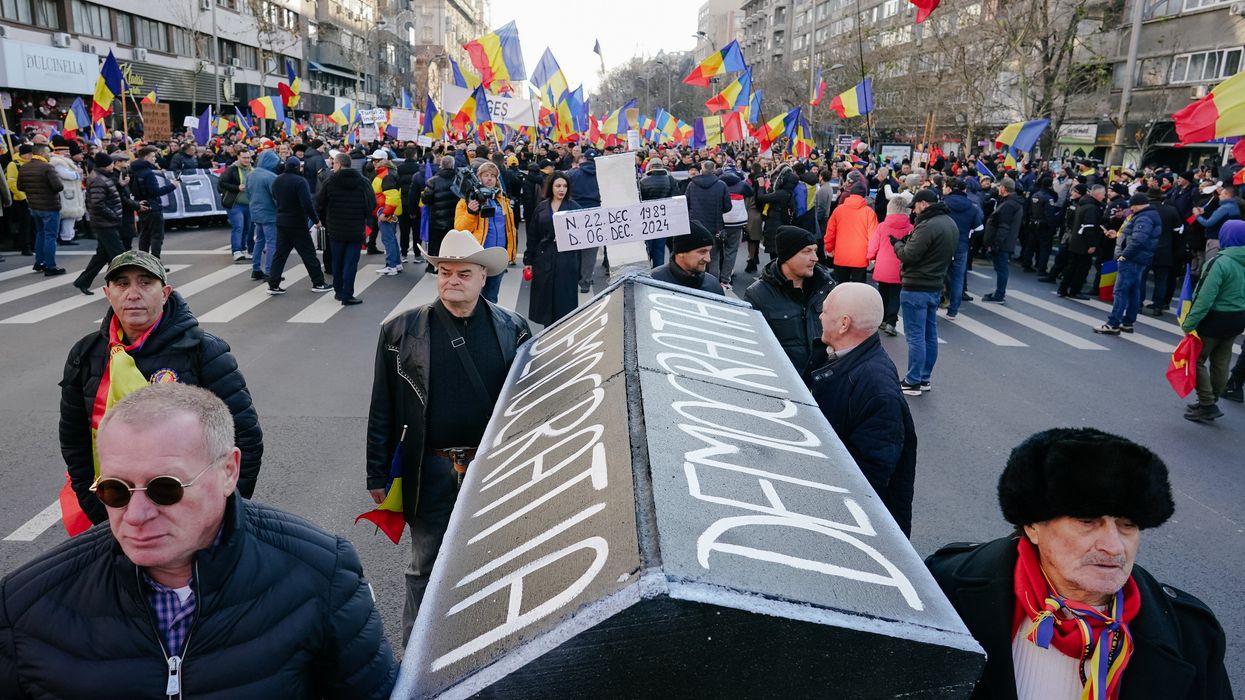On Monday’s radio program, Glenn boldly declared that he hopes the United States detonates its $1 billion Baghdad embassy before it falls into enemy hands. While Glenn was not sure exactly what is going on at the embassy, he knows from his own research that something is not right there.
“When we were at CNN, we started looking into the Baghdad embassy… It was estimated [to cost] over $1 billion at the time, and there were no pictures of this. No one was talking about it… It’s bigger than all of Vatican City,” Glenn explained on Monday. “When we were on CNN, I started showing pictures of the ground of what they were… starting to build. I said what are we doing?”
It didn’t take long, however, for Glenn and his producers to get word from CNN brass telling them to stop talking.
“The Bush Administration called CNN and said, ‘Tell him to stop talking about the embassy.’ I got pressure from the network to stop talking. Imagine. CNN didn’t like President [Bush], and CNN was telling us, ‘Hey, you know, you might want to stop talking. This is going to hurt our troops,’” Glenn continued. “There was no reason why we should stop. So we continued to talk about the embassy. There’s something wrong with that embassy… I don’t know if it’s an NSA listening post or what it is. But that’s not a normal run-of-the-mill embassy. Period.”
Hours later, President Obama announced plans to deploy approximately 275 troops to Iraq who will “provide support and security for U.S. personnel and the U.S. Embassy in Baghdad.” About 160 troops are already in Iraq, including 50 Marines and more than 100 Army soldiers. The U.S. will put an additional 100 soldiers in a nearby third country where they would be held in reserve until needed.
On radio this morning, Glenn, Pat, and Stu renewed talks about the embassy and speculated what those troops will really be doing on the ground in Baghdad.
“This is my speculation, but I'm pretty sure of it,” Glenn said. “What the hell are 275 people going to do? Here's my guess: Those are not just regular Marines. Those are Marines that are being sent directly to the embassy, not to defend, but to destroy.”
Due to the sheer size and scope of the embassy, Glenn believes that if the President was really serious about defending the property, he would have sent a bigger team.
"That embassy is 80 football fields [long]. That's not an embassy. I don't know what it is, but it is not an embassy. I can guarantee you: Those guys will be dropped in and will destroy everything in that embassy that we have put in there,” Glenn explained. “If that's not what that is, [then it’s] a suicide mission. And the President has sent people on suicide missions before in our embassy, namely Benghazi, so he is not necessarily opposed to it. I just don't think he would want to do that. But if I'm told I have to stand my ground at the embassy, that's a suicide mission.”
Pat and Stu weren’t so certain that the 275 soldiers could not adequately defend the embassy.
“But it depends on what comes after you,” Stu interjected. “If all 10,000 people come at the exact same time to the embassy, it will be hard to defend, you're right. If you have factions that get there and the rest of them are dealing with the Iraqi military, that could be something the 275 could do.”
Stu went on to explain that he does not believe President Obama wants anything to do with the conflict. With two years left of his presidency, he would much rather focus on pet projects like global warming initiatives, but he also has a legacy to protect. Glenn, however, wasn’t convinced.
“I don't think he wants to put troops back in there, but I think he would take the basic steps to try to shore up the Iraqi army… Seems like that is what they are doing… They aren't going to let these 10,000 troops march in here, take over the entire country and our $1 billion building,” Stu explained. “The President of the United States doesn't want to deal with the fallout of that, whatever fallout there would be. I can't believe that's what he wants his last two years to be about.”
“He's a guy that believes he can talk them down from a tree,” Glenn concluded. “That's where the thinking from the President is. He knows what the caliphate is, and I believe he thinks that is the will of the people over there, so let them have their caliphate.”
Front page image courtesy of the AP




